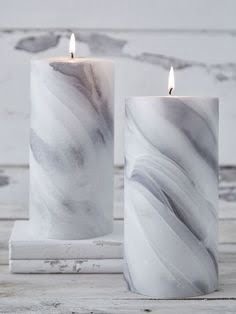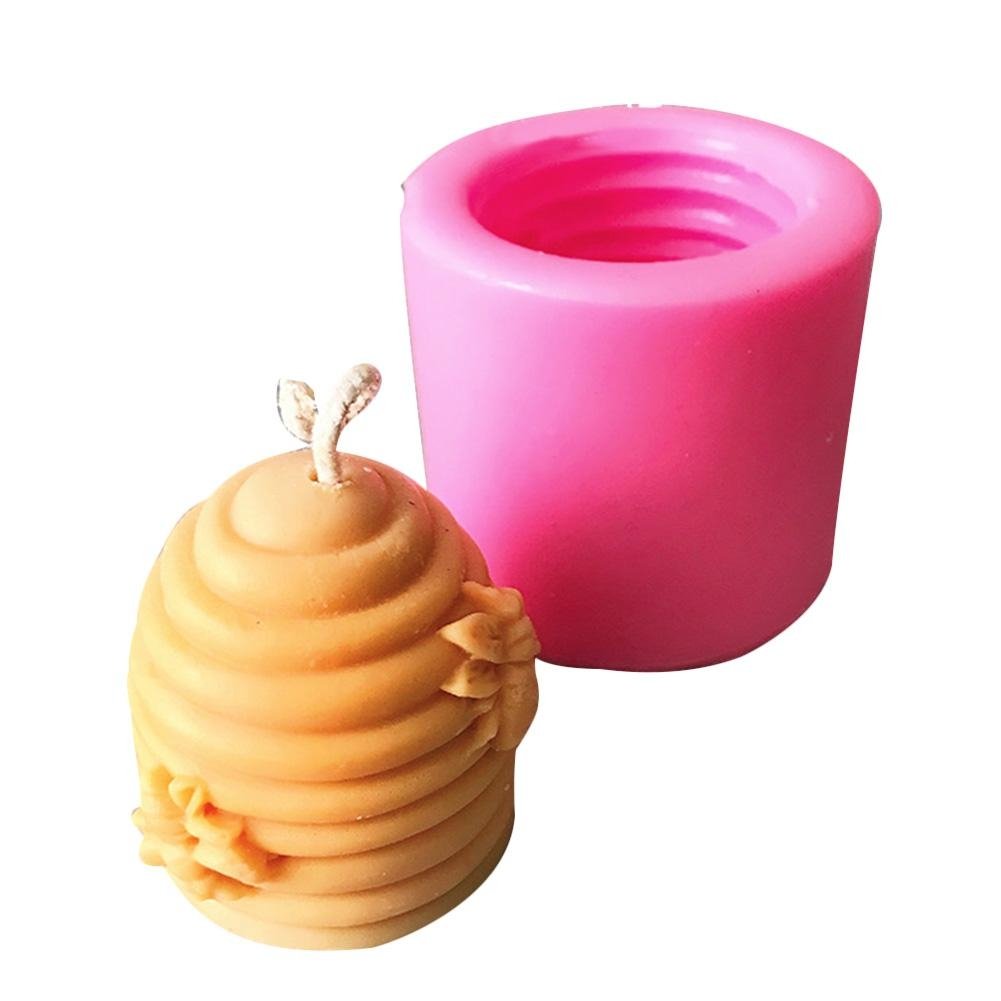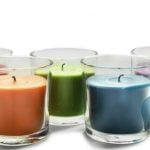Introduction
Diya candle making is an ancient Hindu practice that offers both spiritual and practical benefits. It is traditionally used as part of prayer ceremonies, to add beauty and ambiance. These candles are also a source of light in many places of worship, such as temples. Diya lamps also have symbolic value, representing death and rebirth and the unity between God and the little flame.
The Diyas are traditionally made from mud mixed with ghee (clarified butter) or oil that has been scented with essential oils, herbs, and resins. Thelighting of these candles is thought to bring good fortune, blessings, and peace at home or any place else it casts its light. They can be found in many shapes and sizes and may be decorated with beads or figures of deities or even colorfully painted with intricate designs. Usually they are placed into shallow dishes filled with water so that they won’t be disturbed when burning.
The process begins by mixing the mud paste which consists of clay soil, cow dung or wood ash to form a dough like consistency which is set aside while other preparations take place. Essential oils, herbs, spices like cardamom & saffron are added along with a string wick dipped in oil to form a coil that’s centered inside the vessel before it’s massaged gently it around the inside edges until tightly secured before filling the basin up two thirds full of oil or ghee for lamp lighting with ease & safety Finally after ensuring everything is securely affixed without cracks ,the lamp may now be lit & used ceremoniously in Hindu rituals & festivals by millions everyday .
Ancient Origins
Diya candles are an ancient craft, with origins going back hundreds of years. The practice of candle making can be found in many spiritual and cultural practices in countries across the world. In India, Diya candles have a deep spiritual and cultural history.
The etymology of the word “diya” is derived from the Sanskrit word for “light” ” dipa ” which means “light” or “splendor”. Historically, Diya candles were used to signify worship and devotion to Hindu gods, which can still be seen today in some Hindu traditions. Hindus would often light diyas during pujas (Hindu prayer ceremonies) to make offerings to deities.�
In addition to religious rituals, Diyas also have an important role in Indian culture. Traditionally given as wedding gifts and auspicious housewarming presents, these illuminated decorations are said to bring peace and prosperity into their homes. The flames of Diyo candles symbolize the light that guides your way through life’s struggles. All around the Indian subcontinent, festivals such as Diwali are celebrated with streams of tiny diyos illuminating darkness around them-lightening up lives with this traditional flame has been passed down generation after generation.
Diya candles also play an important role in Jainism practice, as well as other non-Hindu religions like Sikhism and Zoroastrianism historically practiced on the Indian subcontinent as well . Some Buddhists use diyas when meditating because it helps create a calm and relaxed atmosphere conducive to meditation practice.
Preparation and Supplies
In order to make a Diya candle, you will need supplies such as vegetable oil, a wick, cotton wool and clay pots. The process of making a Diya candle begins by inserting the wick into the cotton wool and dipping in into vegetable oil. Once the wick is properly dipped in oil, it should be placed in the clay pot and formed into a V-shaped gap for even burning fom the center of the pot’s opening. After that, all that needs to be done is light the wick, letting it burn longer for an even and consistent flame.
Craftsmen
Diya candle-making is an industry that has been around since ancient times. While the origin of diyas goes back to India, it is now practiced all over the world. Diya candles are made by rolling beeswax sheets around exposed cotton wicks to form a traditional seven-sided container with a sloped top. The wicks are then lit and used to light our homes during festivals and special occasions.
The craft of making diyas requires immense skill and patience. The craftswomen take great pride in their work, as each diya is handmade. While many artisans choose to use synthetic paints or dyes, there are still some who prefer the traditional natural dyes such as turmeric, haldi and kumkum powder for painting the diyas. For these artisans, the process of making diyas is an expression of their personal beliefs and values – from choosing colours that signify different gods or goddesses to rolling out each sheet with precision and accuracy.
The importance of Diya candle-making has grown over time due to its use in festivals and rituals within Hinduism, Sikhism and Jainism across various regions in India. Many craftswomen have honed their skills through generations, making beautiful candle pieces that inspire both religious sentimentality as well as aesthetic admiration in generations of devotees alike. By understanding their unique stories and motivations behind creating these beautiful masterpieces, we can appreciate the impact these craftsmen have on this timeless art form.
Crafting Tips & Techniques
Setting up the Wax: Before beginning to make your Diya candle, you should first set up the wax. Start by melting a few blocks of wax in a double boiler or using a pour pot. Check that the temperature is correct before pouring any into your candle mold. Place the remaining chunks of wax nearby for easy access during pouring.
Pouring the Wax: Begin pouring your melted wax into the mold in an even stream. Move slowly around the perimeter of the mold, keeping it relatively level with each pass. As you fill up sections with wax, use a butter knife or other thin implement to push away any air bubbles within.
Adding Colorant and Scent: As desired, add in color and scent to enhance your Diya candle’s appearance and aroma. With this step it’s important to pay attention to amounts; too much color can leave your candle looking lacking while too much scent might make it difficult to breathe near the finished product. Weigh out precise amounts before adding them in so as not to overpower any other factors or components of your creation.
Trimming Wick & Cleaning Excess Wax: Trim down wick metal plate so that two inches of wick remain above it when placed inside your molten-filled Diya candle mold. Lastly, remove all excess scraps and bits of leftover wax from its exterior surfaces so as to ensure an even look once cooled completely down and removed from remainder clamps/containers/molds associated with crafting
The Art of Decoration
Decorating Diya candles is an art form that can take a few minutes to master. First of all, you must choose the right kind of wax/paraffin to make your candles as well as appropriate candle moulds depending on the shape and size of your candles.
You can start by heating the wax in a double boiler until it has reached the desired melt point. Once melted, you need to add colorants like dyes or even glitter for that extra sparkle. Then, you can use an eyedropper to pour hot wax into your candle moulds for shaping.
After making sure that the wax has cooled down properly, gently remove it from its mould and start decorating with intricate designs that make great projects for both children and adults alike. You could begin by adding a coloured ribbon around the top rim of your Diya to enhance its beauty. Use adhesives like craft glue or superglue where necessary while attaching embellishments like stones, buttons and beads on the outside of your Diya candles. Gold leaf detailing creates a stunning effect and will make any look quite grand. You can also use cling stamps such paints or glitter glue pens to add fun patterns or words onto them.
Lastly, use creative thinking and experiment with several design concepts till you fall in love with exactly what you have created!
Quality Matters
The quality of supplies and materials are incredibly important when it comes to creating the perfect Diya candle. Quality supplies and materials can make all the difference in terms of the diya’s overall shape, burn-time, flame size, color, and scent. The highest-quality Diya candles are sculpted and molded with special attention paid to each individual detail – ensuring that each candle is a beautiful piece of art and will last for years to come.
When choosing supplies and materials for Diya candle making, higher-grade items can help reduce air bubbles, flaws or impurities during production. Many people opt for natural waxes as they provide better burning components than synthetic versions often found in low-budget store-bought candles. Additionally, when using beeswax as part of your Diya candle making process, you’ll be able to ensure more even than other chemical alternatives. As well as this beeswax helps create a much brighter flame that dances prettily – adding a beautiful ambiance to your home.
Essential oils can also enhance your Diya candles’ aesthetic elements by not only providing scents but colors too! For example, adding essential lavender oil can give your candles a purplish hue which looks divine when lit. If mindfully chosen these colors can add an extra touch of whimsy! Of course, essential oils are fast becoming one of the most popular ingredients because they offer powerful therapeutic benefits along with pleasant aromas!
Considering all aspects from the types of waxes used to choosing environmentally friendly wicks ” quality matters if you want to truly appreciate the beauty a Diya has to offer!
Burning A Diya Candle
Lighting Diya candles is an ancient practice with deep spiritual roots in the Indian religion. It is primarily used as a way of worshiping Hindu gods and goddesses, however many people now use it for self-reflection, contemplation or simply as a relaxing practice to promote wellbeing.
Many steps should be taken when lighting Diya candles for the most effective outcome to ensure both safety and a spiritually meaningful experience. To begin with, one should set up their own sacred space where they will be undisturbed during the entire process. After such preparations have been made, they can start by cleaning the Diya itself before filling it with oil and carefully placing a cotton wick inside. Once these steps are completed, then this ritual can begin in earnest.
The first step to lighting the Diya is to chant any mantras that might be associated with this ritual out loud or silently in one’s head for an even more profound connection to spirit. Following this, the candle can be lit using a matchstick or lighter paying careful attention not to burn oneself in the process due to hot oil that may spill out during ignition.
When finally lit, one must take in all the blissful energy that has been created within their own personal sacred space which would be typically accompanied by smells of burning incense and thus allow themselves time to experience all of these sensations without disturbance while they engage in deeper internal reflection if desired ” during which period there must always ensure vigilance when leaving Diya candles unattended at any moment given its flammable substance nature. When finished with its burning session then specific measures must be taken: extinguish the flame by blowing it out safely or allowing it to burn away until the oil runs out; ensuring no residual fire remains that could constitute risk before discarding burnt wicks properly into designated containers like metal cups filled with water or wet soil so no potential damage may arise from misuse of any kind around their residence; after such steps have been taken then pray to thank whatever god or goddess was being venerated for such meaningful dedicated practicality followed immediately afterwards by taking moments for possible gratitude and reflection on what this episode meant internally as well as externally too if applicable ” eventually closing any further spirit gates subconsciously opened along this journey from start till end.
Eco-Friendly Practices
Diya candle-making incorporates a variety of eco-friendly practices such as using natural, renewable materials in the production process and reducing waste. Organic and/or biodegradable wicks or dyes may also be used to reduce the amount of pollution produced while making these candles. Additionally, Diya candles are free from synthetic scents and dyes, making them non-toxic and safe to use. Furthermore, by prioritizing natural ingredients over chemicals, these candles are less likely to emit any harmful fumes into the environment. Moreover, during the manufacturing process all raw materials are recycled where possible, including any leftover wax or liquid that is poured off during production. Finally, when it comes time for disposal of used candles, Diya’s producers take concerted efforts to ensure that their products are disposed off responsibly instead of adding more potentially hazardous materials into landfills. These initiatives make Diya candle-making extremely sustainable and environmentally friendly.
Conclusion
Creating a beautiful Diya candle can be an enjoyable and rewarding experience. It is important to remember that the quality of your candle will depend on the materials you use, so be sure to select high-quality wax and fragrance oil. Additionally, make sure to work in a safe area away from flammable objects and sources of heat when melting your wax. It can also assist you to practice patience when working with wicks, as adjusting them takes time and attention. Most importantly, do not forget to relax and have fun! With practice comes perfect; by experimenting with different colorants, scents, decorations, and shapes you can create a truly special candle that stands out from the rest. Every successful creation is a reflection of your own hard work and dedication.

Welcome to my candle making blog! In this blog, I will be sharing my tips and tricks for making candles. I will also be sharing some of my favorite recipes.





